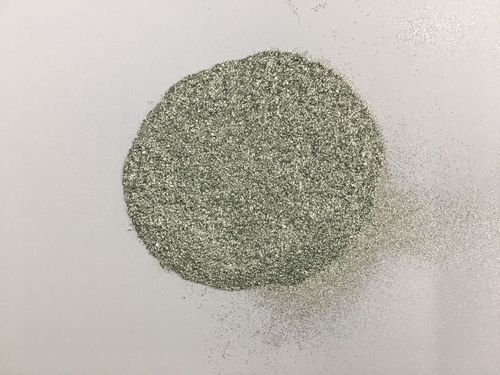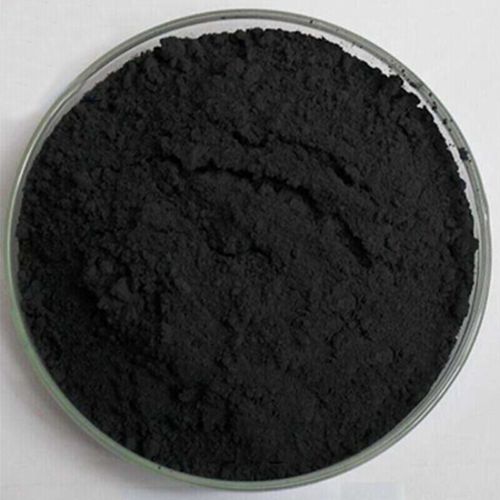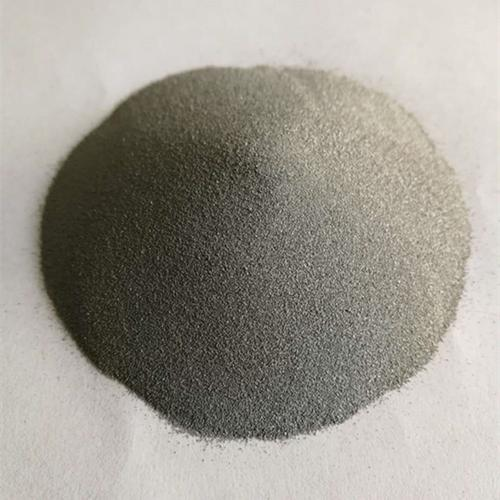**Home Powder Coating: Can You Really DIY Metal Magic?**
(Can You Powder Coat Metal At Home)
The idea of giving metal a super-tough, gorgeous, professional-looking finish right in your garage or workshop is incredibly tempting. Forget messy spray paints that chip easily. Powder coating promises a hardened, vibrant shield. But is tackling this at home realistic? Absolutely! With the right gear and know-how, you can unlock this DIY superpower. Let’s dive into the world of home powder coating.
**1. What Powder Coating Metal Really Means**
Powder coating metal is a dry finishing process. Instead of liquid paint, it uses a fine powder made of pigment and resin. This powder gets sprayed onto the metal surface using a special gun. The gun gives the powder particles an electrical charge. The metal piece is grounded. Opposites attract, so the powder sticks to the metal like magnets. It’s a clean, efficient way to coat things. After spraying, the coated metal goes into an oven. Heat melts the powder. It flows together and cures into a smooth, hard, and very durable plastic-like film. This film bonds tightly to the metal. It’s much tougher than regular paint. It resists chipping, scratching, fading, and corrosion far better. Think of it as baked-on armor for your metal projects.
**2. Why Home Powder Coating Excites DIYers**
Why bother with powder coating at home? The reasons are strong. First, the finish quality is outstanding. You get a thick, even, professional-looking coat. It feels smooth and looks fantastic. Second, it’s incredibly durable. Powder coated items resist wear and tear much better than painted ones. Your bike frame, patio furniture, or tools won’t chip or rust easily. Third, it’s efficient. Almost all the powder you spray sticks to the metal. Little gets wasted. Cleanup is easier than liquid paint too. Fourth, it offers amazing versatility. You can choose from countless colors – bright, metallic, textured, even glow-in-the-dark! Clear coats add extra protection. Fifth, it saves money over professional services, especially for multiple smaller items. Finally, it’s deeply satisfying. Transforming a dull or rusty piece into something vibrant and tough with your own hands feels great.
**3. How to Powder Coat Metal Step-by-Step**
Ready to try it? Here’s the basic home powder coating process:
1. **Prep is King:** This is the most crucial step. Metal must be absolutely clean and bare. Remove all grease, oil, dirt, rust, and old paint. Methods include sandblasting (highly recommended), chemical stripping, sanding, and degreasing. Any contamination left behind ruins the finish. Wipe down with a cleaner like acetone before coating.
2. **Set Up Your Space:** You need a dedicated area. A well-ventilated garage, shed, or even a large cardboard spray booth works. Cover everything nearby – powder gets everywhere! Wear a proper respirator (N95 or better, specifically for particulates, not just fumes). Safety glasses and gloves are essential.
3. **Ground Your Part:** Connect a grounding wire securely to the bare metal piece. This ensures the powder sticks electrostatically. Hanging the part from a wire rack is common.
4. **Load and Spray:** Pour your chosen powder color into the gun’s hopper. Adjust the gun’s settings (air pressure, powder flow) as needed. Hold the gun about 6-12 inches from the metal. Spray using smooth, even passes. Cover the entire surface. The charged powder should cling evenly. Build a thin, consistent layer. Avoid spraying too much in one spot.
5. **Cure It:** Carefully move the coated part to your oven. A dedicated toaster oven works for small items. For larger pieces, you need a bigger oven – often a repurposed kitchen oven (used ONLY for powder coating now!) or a purpose-built curing oven. Heat the part to the temperature specified by the powder manufacturer (usually around 350°F – 400°F / 175°C – 200°C). Bake it for the recommended time (typically 10-20 minutes). This melts and cures the powder.
6. **Cool Down:** Turn off the oven. Let the part cool completely inside the oven or on a heat-proof surface. Rushing this can damage the finish. Once cool, admire your work!
**4. Cool Things to Powder Coat at Home**
The possibilities are vast! Start simple and build confidence:
* **Bike Parts:** Frames, handlebars, stems, racks, kickstands. Give your ride a custom look and tough protection.
* **Automotive Bits:** Brackets, valve covers, air cleaner housings, suspension components (check heat tolerance!), small engine parts, trailer parts. Restore and protect.
* **Tools:** Wrenches, sockets, pliers, drill press parts, vise jaws. Prevent rust and make them easier to find!
* **Patio & Garden:** Grill grates (use high-temp powder!), furniture frames, plant stands, fire pit tools, decorative metal pieces. Weatherproof your outdoor items.
* **Home Goods:** Lamp bases, cabinet hardware, curtain rods, shelving brackets, toolbox trays, art frames. Add color and durability.
* **Motorcycle Accessories:** Pegs, levers, small brackets, engine covers (check heat!). Customize your bike’s details.
* **Sporting Goods:** Weightlifting plates (barbell ends), golf club heads (if metal), bike racks, ski poles. Make them last longer and look better.
Avoid coating items with critical heat-sensitive parts (like bearings, bushings, rubber seals, electronics) unless you can disassemble them first. Brake calipers and engine blocks require special high-temp powders and expertise – often best left to pros.
**5. Home Powder Coating FAQs**
Let’s tackle common questions:
* **Is it cheaper than professional coating?** For multiple small items, yes. For one large piece, the equipment cost might make pro service cheaper initially. But owning the gear pays off over time for frequent DIYers.
* **What equipment do I really need?** Minimum: Powder coat gun (Eastwood, HF models are popular starters), an oven (dedicated, NOT your kitchen oven for food!), respirator, gloves, eye protection, prep supplies (sandpaper, degreaser, ideally a sandblaster). A good air compressor is essential.
* **Is it safe?** Proper precautions make it safe. The BIGGEST risks: **Inhaling powder dust** (use a proper respirator!), **burns from the hot oven/parts**, and **fire hazard** (keep powder away from sparks/flames). Ventilation is critical. Read all safety data sheets (SDS) for powders and chemicals.
* **How durable is a home powder coat job?** Done correctly with proper prep and curing, it’s extremely durable. It rivals professional finishes for scratch, chip, and corrosion resistance on items suitable for home coating.
* **Can I powder coat over paint or rust?** No. Never. You must strip the metal completely bare and clean. Powder coating bonds directly to the metal. Any barrier (paint, rust, grease) causes failure.
* **What about mistakes?** If you mess up before curing, you can usually blow off the powder with compressed air and start over. If the finish is flawed after curing, you need to strip it completely (sandblasting is best) and re-coat.
* **Can I use any oven?** You need an oven that reaches and maintains the required temperature consistently. Old kitchen ovens work but must NEVER be used for food again after powder coating. Toaster ovens suit small items. Build or buy a larger curing oven for bigger projects.
(Can You Powder Coat Metal At Home)
* **How do I choose powder?** Many online suppliers cater to DIYers (Eastwood, Prismatic Powders, Columbia Coatings). Choose standard powders for most items. Ensure the cure temperature matches your oven’s capability. Read reviews!
Inquiry us
if you want to want to know more, please feel free to contact us. (nanotrun@yahoo.com)


